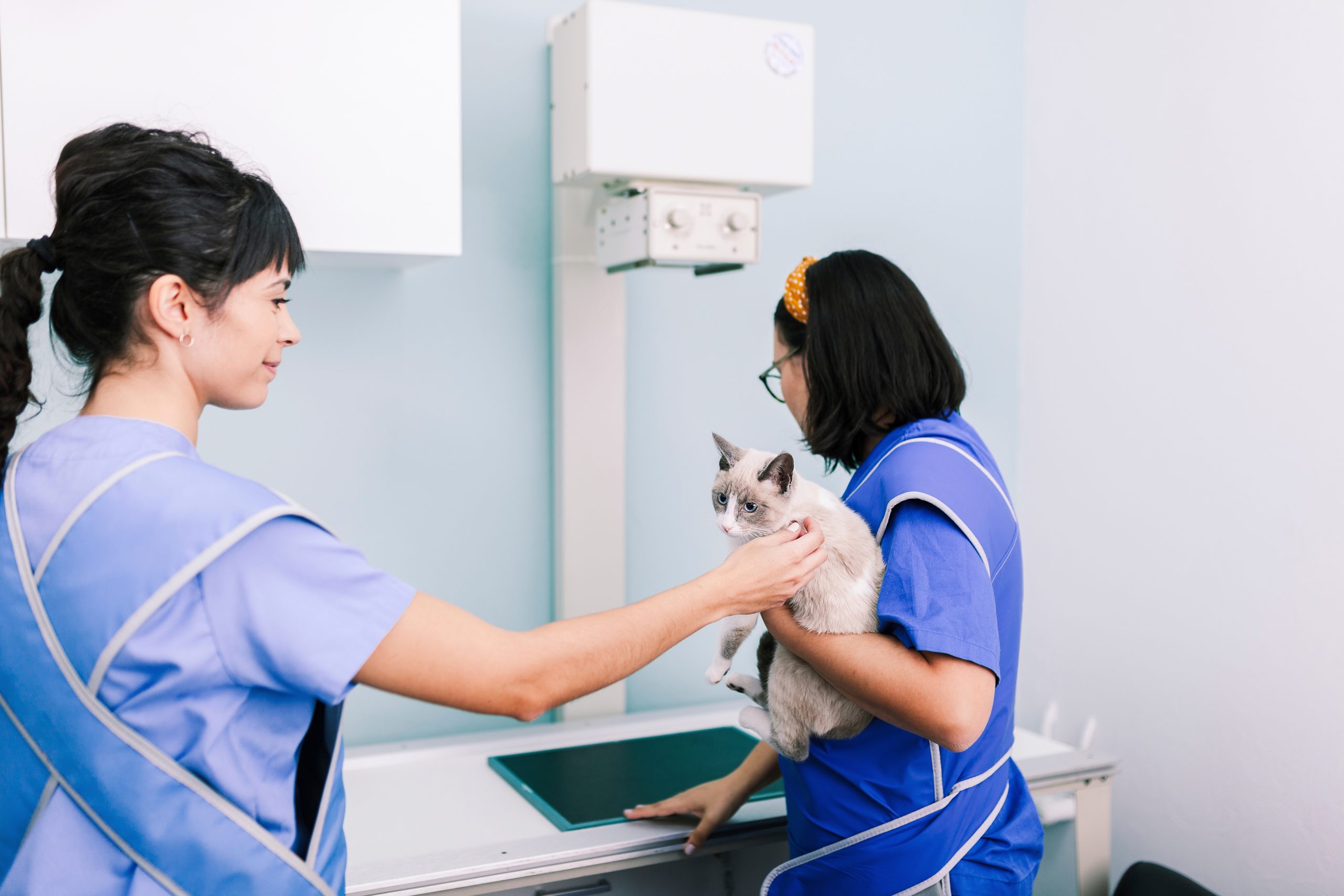In human medicine, several studies have been performed to evaluate the accuracy of reports from physicians with board certification in radiology. One such study (Zaggocare, February 22, 2016 in Medical Errors, Patient Safety) estimated the error rate for radiology diagnosis in humans, to be between 10-15%. This was similar to a previous study done in 2001 that estimated the error rate to be between 2-20%. In these studies, each case was interpreted by a single board-certified radiologist. Knowing this, what is a reasonable error rate to be expected for veterinary radiologists? Unfortunately, to my knowledge, no such studies exist in the veterinary literature. Would the likely error rate in veterinary medicine be similar? Worse? Improved? I wish I knew. Here are some thoughts on this subject.
- Veterinary medicine must contend with obstacles and issues that our human colleagues do not have to worry about. This includes the variation in breed confirmations, the multitudes of specie variation us veterinarians see on a daily basis, much more inconsistent film quality and exposures, and a lack of prior studies and unknown or inadequate patient histories. I would venture to say the accuracy of a single veterinary radiologist would be slightly worse. However, it has been shown that having more “sets of eyes” looking at each film, will significantly improve interpretation accuracy to the 95% range. In veterinary medicine, this should include the referring veterinarian’s eyes being the first set and the radiologist’s eyes being the second set of eyes. So, logic says that with these being taken into account, perhaps the veterinary radiologists would have a similar or possibly improved error rate.
A particular human study listed the most common reasons for radiology interpretation error rates:
- Failure to consider prior studies and reports
- Limitations on imaging techniques (poor quality images)
- Having an inaccurate or incomplete history
- Location of the abnormality outside the region of interest
- Failure to search systematically beyond the region that was studies
- Failure to recognize a normal variant.
Of these, please note that reasons 1 through 4 are actually out of the control of the radiologist and these factors occur during the time of film acquisition or listed on the request form submitted with the images. Reasons 5 and 6 are up to the radiologist.
So, what is the bottom line? Getting an accurate radiology report is a TEAM effort. What is extremely helpful from the referring veterinarian is inclusion of previous films, a good complete (but concise) history, and nicely exposed and properly positioned films with inclusion of the organ or region of interest on the films. If we get this, it is then up to us veterinary radiologists to try and outperform our human colleagues. Rah Rah, To Team Radiology!

